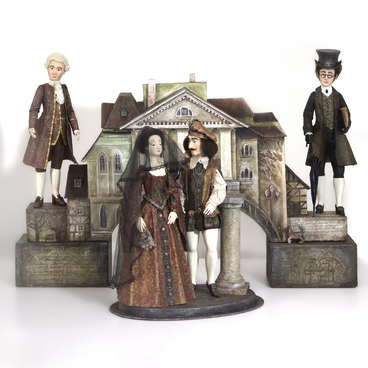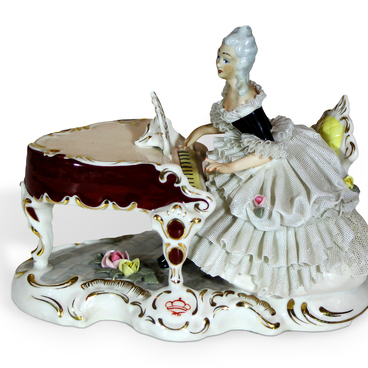The Paleolithic and Mesolithic historical periods on the territory of the Kaliningrad region, which is located in the forest zone of Eastern Europe, are much less studied than on the territory of neighboring countries. The chronological framework of the Stone Age in this region of the Russian Federation is shifted closer to the present day.
The Neolithization is a gradual transition to a producing economy; it began about 6,500 years ago. The local Mesolithic cultures first began to master the skills of pottery production. The economy and for a long time the technology of tool making remained the same as in the Mesolithic and, partly, in the Final Paleolithic.
The Tsedmar culture is considered to be the earliest Neolithic culture of the region. The reference monuments of this culture were found in the Ozersky district of the Kaliningrad region. The representatives of the Tsedmar culture were pre-Indo-Europeans. Researchers attribute their successors, the representatives of the cord-marked pottery culture, to the Proto-Indo-European linguistic group.
The most interesting monuments of the Middle and Late Neolithic period of the region are located in the vicinity of the villages of Pribrezhnoye and Ushakovo. The representatives of cord-marked pottery culture who arrived in this area adopted many elements from the local and Central European cultures of funnel-shaped cups and spherical amphorae.
A local coastal variant of the cord-marked pottery culture developed in the region, the material complex of which testifies to the settled way of life on the territory of the region as early as the 4th millennium BC. The main finds excavated at these settlements are decorated ceramic vessels of various forms: wide-necked pots, amphorae, goblets, boat-shaped bowls with cord impressions, due to which the culture got its name.
Among the important
finds discovered during the excavations by the Neolithic group of the Baltic
Archaeological Expedition were amulets and necklaces made of amber. This
exhibit consists of 16 button beads, 3 separating flat rings and pendants, 3 of
which are disk-shaped, 4 — trapezoidal, 1 — elongated.


